Managing oil transportation efficiently requires a deep understanding of oil truck weight dynamics. At CarMax Trailer, we specialize in delivering semi-trailers engineered to optimize weight distribution, comply with regulations, and enhance overall performance. This comprehensive guide explores the critical aspects of oil truck weight, ensuring your fleet operates safely and efficiently.
Understanding Oil Truck Weight
Oil truck weight encompasses the total weight of the vehicle, including the trailer, cargo, fuel, and any additional equipment. Proper management of this weight is essential for:
- Regulatory Compliance: Adhering to weight limits set by transportation authorities.
- Safety: Preventing accidents caused by overloading or improper weight distribution.
- Efficiency: Enhancing fuel economy and reducing wear and tear on vehicle components.
Components of Oil Truck Weight
- Gross Vehicle Weight (GVW): The total weight of the truck and trailer combined.
- Gross Vehicle Weight Rating (GVWR): The maximum allowable weight as specified by the manufacturer.
- Payload Capacity: The maximum weight the truck can carry, excluding its own weight.
- Axle Weight: The weight supported by each axle, crucial for stability and compliance.

Factors Influencing Oil Truck Weight
Several factors contribute to the overall weight of an oil truck, impacting performance and compliance:
1. Cargo Load
The volume and density of the oil being transported directly affect the truck’s weight. Accurate loading practices ensure optimal payload without exceeding limits.
2. Trailer Type
Different semi-trailers have varying weight capacities. CarMax Trailer offers specialized designs tailored for oil transport, optimizing weight distribution and capacity.
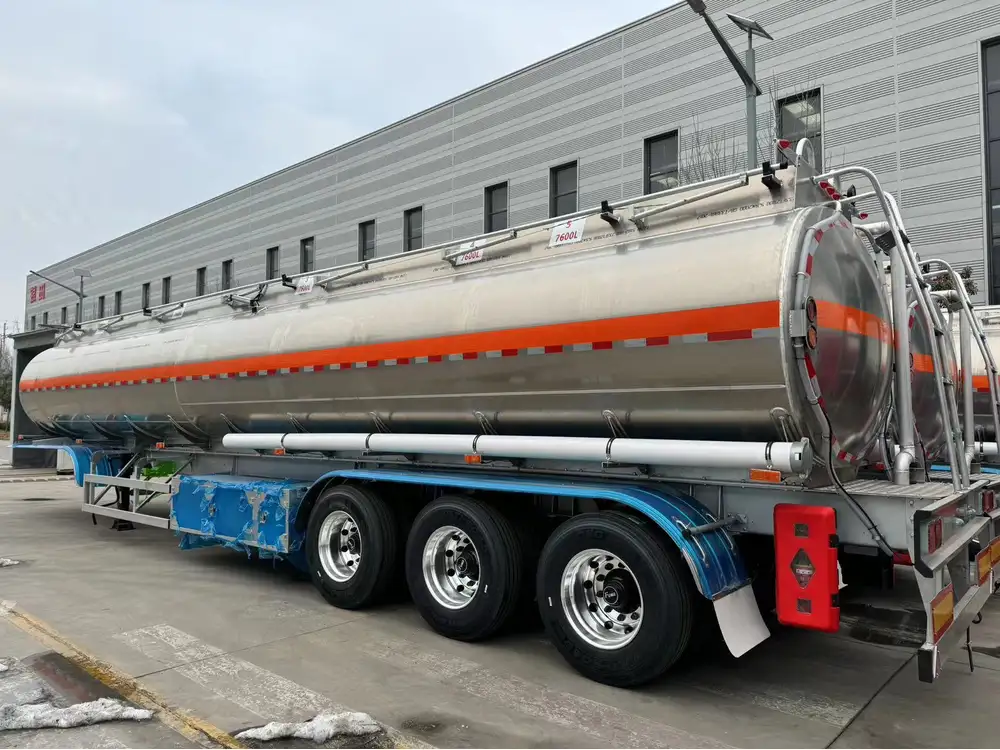
3. Fuel Load
Fuel adds significant weight to the truck. Efficient fuel management systems can reduce unnecessary weight, improving fuel efficiency.
4. Equipment and Accessories
Additional equipment like pumps, hoses, and safety gear contributes to the total weight. Selecting lightweight, yet durable, accessories is vital.
5. Road Conditions
Terrain and road quality can influence how weight is distributed and managed, affecting overall vehicle performance.

Calculating Oil Truck Weight
Accurate weight calculation is essential for compliance and safety. Follow these steps to determine the total weight of your oil truck:
Step 1: Weigh the Truck Empty
Start by determining the truck’s tare weight (empty weight) using a certified scale. This includes the trailer and all standard equipment.
Step 2: Add Cargo Weight
Calculate the weight of the oil being transported. Consider the volume and density to ensure precise measurement.

Step 3: Include Fuel and Accessories
Factor in the weight of fuel and any additional equipment or accessories installed on the truck.
Step 4: Total the Weights
Sum all components to obtain the Gross Vehicle Weight (GVW). Ensure this does not exceed the Gross Vehicle Weight Rating (GVWR) specified by the manufacturer.
Example Calculation
| Component | Weight (kg) |
|---|---|
| Tare Weight | 15,000 |
| Cargo (Oil) | 20,000 |
| Fuel | 2,500 |
| Accessories | 500 |
| Total GVW | 38,000 |
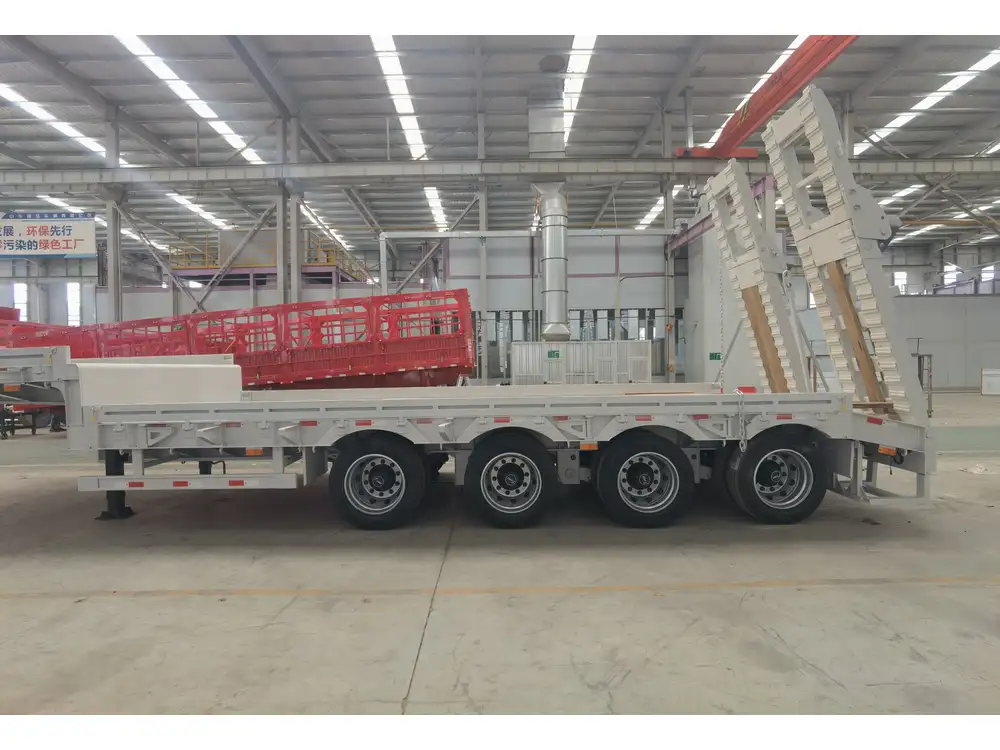
Regulatory Compliance for Oil Truck Weight
Adhering to legal weight limits is non-negotiable. Regulations vary by region but generally include:
National Highway Traffic Safety Administration (NHTSA) Guidelines
- Maximum GVWR: Typically up to 80,000 lbs in the United States.
- Axle Weight Limits: Specific limits per axle to ensure road safety.
International Standards
- European Union Regulations: Often more stringent, with lower weight limits to preserve infrastructure.
- Asia-Pacific Standards: Vary widely, requiring local compliance checks.

Importance of Compliance
Non-compliance can result in hefty fines, vehicle impoundment, and increased liability risks. Regular weight checks and adherence to guidelines are essential for uninterrupted operations.
Impact of Truck Weight on Fuel Efficiency
Weight significantly influences fuel consumption. Heavier trucks require more energy to move, leading to increased fuel usage and operational costs.
Fuel Consumption Factors
- Aerodynamics: Heavier trucks may affect airflow, increasing drag.
- Engine Strain: Additional weight forces the engine to work harder, reducing fuel efficiency.
- Rolling Resistance: Greater weight increases friction between tires and the road.
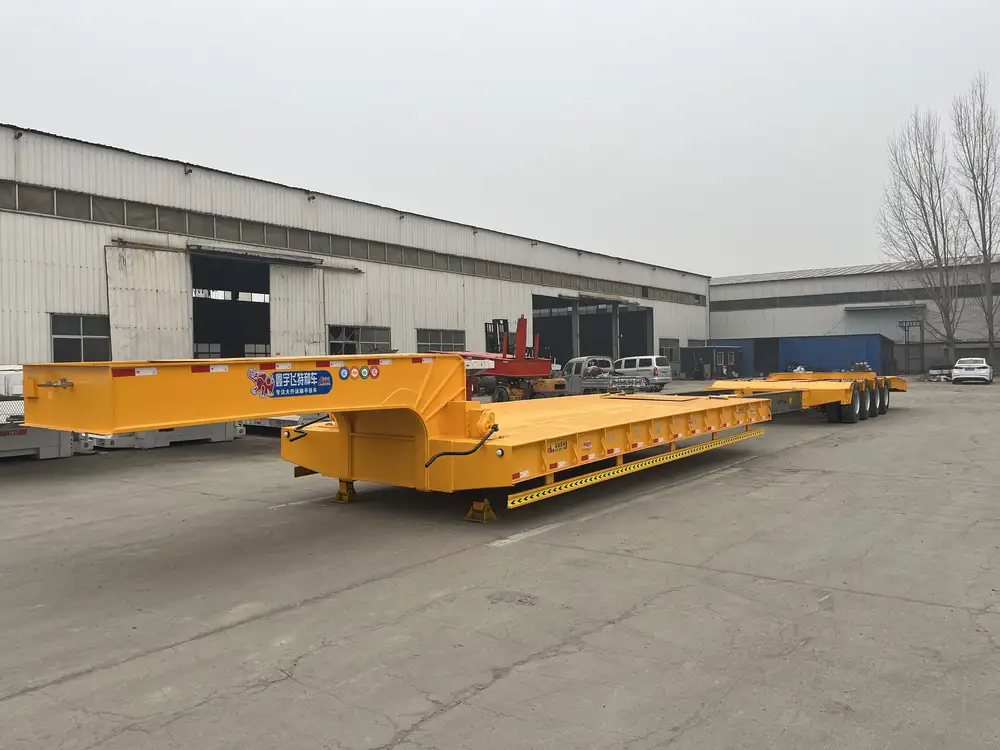
Strategies to Improve Fuel Efficiency
- Optimize Load Distribution: Ensure even weight distribution to minimize engine strain.
- Use Lightweight Materials: Incorporate materials that reduce overall truck weight without compromising durability.
- Regular Maintenance: Keep engines and tires in optimal condition to enhance fuel economy.
- Aerodynamic Enhancements: Utilize trailer designs that reduce air resistance.
Choosing the Right Semi-Trailer for Oil Transport
Selecting the appropriate trailer is crucial for managing oil truck weight effectively. CarMax Vehicle offers a range of trailers designed to meet specific transportation needs.
Key Considerations
- Payload Capacity: Ensure the trailer can handle the maximum expected weight.
- Weight Distribution: Opt for designs that promote balanced load distribution across axles.
- Material Quality: High-quality materials reduce overall weight while maintaining structural integrity.
- Customization Options: Tailor trailers to include necessary equipment without unnecessary weight.

CarMax Trailer Features
| Feature | Description |
|---|---|
| High Payload Capacity | Designed to carry substantial oil loads efficiently |
| Lightweight Construction | Minimizes overall truck weight without sacrificing strength |
| Advanced Suspension Systems | Enhances weight distribution and ride stability |
| Modular Design | Allows for customization based on specific needs |
Comparing CarMax Vehicle Trailers with Competitors
CarMax Vehicle stands out in the market by offering superior weight management solutions. Here’s how our trailers compare:
| Feature | CarMax Trailer | Competitor A | Competitor B |
|---|---|---|---|
| Payload Capacity | Up to 25,000 kg | Up to 22,000 kg | Up to 20,000 kg |
| Material Composition | High-strength aluminum alloy | Standard steel | Composite materials |
| Customization Options | Extensive | Limited | Moderate |
| Fuel Efficiency Impact | Optimized for minimal drag | Average | Higher drag |
| Warranty | 5 years | 3 years | 2 years |
Safety Considerations for Oil Truck Weight Management
Ensuring safety is paramount in oil transportation. Proper weight management mitigates risks associated with overloading and uneven weight distribution.

Best Practices
- Regular Weight Checks: Utilize certified scales to monitor truck weight frequently.
- Balanced Loading: Distribute weight evenly to maintain vehicle stability.
- Axle Monitoring: Ensure each axle carries an appropriate load to prevent tire wear and accidents.
- Driver Training: Educate drivers on the importance of weight management and safe driving practices.
- Use of Technology: Implement weight monitoring systems to provide real-time data and alerts.
Technological Innovations in Weight Management
Advancements in technology have revolutionized how oil truck weight is managed, offering greater precision and efficiency.
Smart Load Monitoring Systems
These systems use sensors and software to continuously monitor weight distribution, providing actionable insights to optimize loading practices.
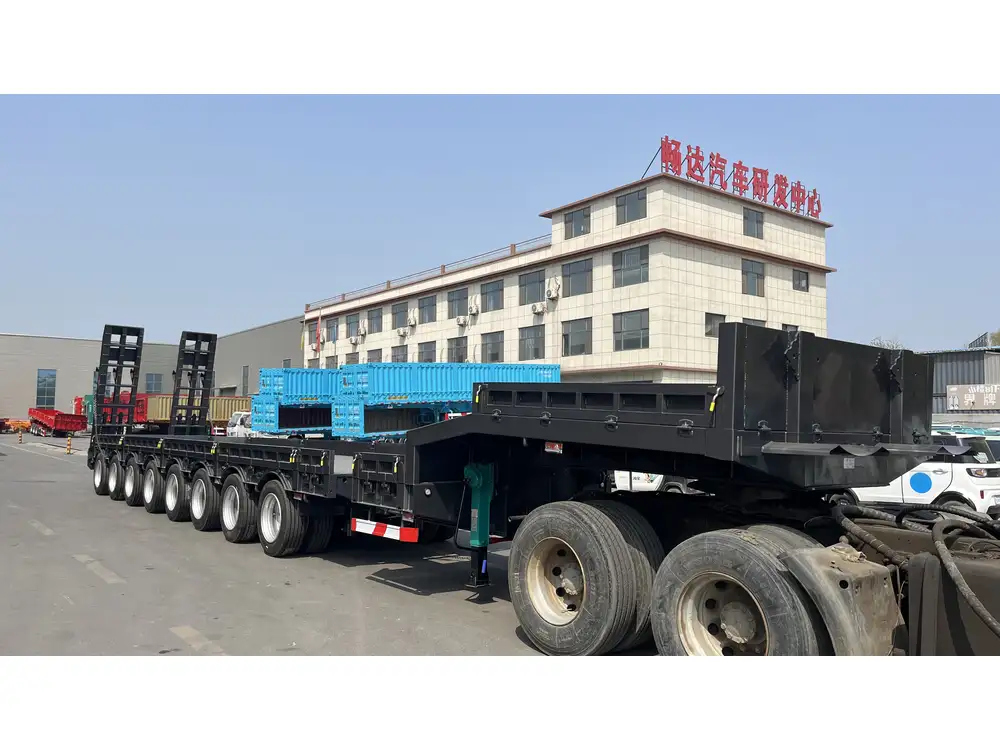
Automated Weight Distribution
Automated systems adjust weight distribution dynamically, ensuring balance and compliance with regulations without manual intervention.
Data Analytics
Leveraging data analytics helps identify patterns in weight management, enabling proactive adjustments to enhance efficiency and safety.
Environmental Impact of Oil Truck Weight
Managing truck weight also has significant environmental implications. Reducing weight leads to lower fuel consumption and decreased greenhouse gas emissions.

Sustainable Practices
- Lightweight Materials: Incorporate materials that lower overall weight without compromising strength.
- Efficient Routing: Optimize routes to minimize fuel usage and emissions.
- Regular Maintenance: Keep vehicles in peak condition to reduce environmental footprint.
CarMax Trailer’s Commitment to Sustainability
At CarMax Vehicle, we prioritize sustainable design, ensuring our trailers contribute to reduced environmental impact through innovative weight management solutions.
Cost Implications of Oil Truck Weight
Effective weight management directly influences operational costs, including fuel expenses, maintenance, and compliance-related fees.
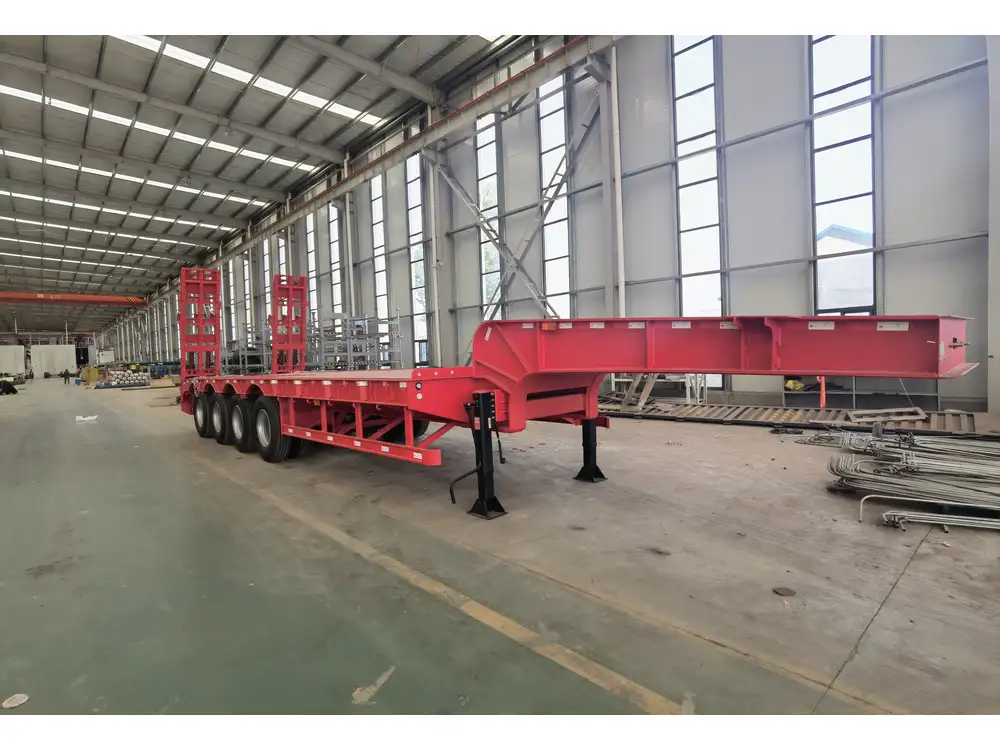
Cost-Saving Strategies
- Optimize Load Capacity: Maximize payload without exceeding weight limits to reduce the number of trips.
- Enhance Fuel Efficiency: Implement weight reduction techniques to lower fuel consumption.
- Minimize Maintenance Costs: Proper weight distribution reduces wear and tear, extending vehicle lifespan.
- Avoid Fines and Penalties: Ensure compliance with weight regulations to prevent costly fines.
CarMax Trailer’s Economic Advantages
Our trailers are designed to offer high payload capacities and lightweight construction, providing substantial cost savings through improved fuel efficiency and reduced maintenance needs.
Maintenance Tips for Managing Oil Truck Weight
Regular maintenance is essential to ensure that weight management systems function effectively and that the truck remains in optimal condition.

Essential Maintenance Practices
- Routine Inspections: Check for signs of wear and tear on trailers and weight management systems.
- Tire Care: Maintain proper tire pressure and inspect for damage to support correct axle weight distribution.
- Suspension System Maintenance: Ensure suspension components are functioning correctly to handle weight loads.
- Load Securing Equipment: Regularly inspect straps, locks, and other securing devices to maintain their integrity.
CarMax Vehicle’s Support
We provide comprehensive maintenance guidelines and support services to help you keep your CarMax Trailer in top condition, ensuring efficient weight management and long-term performance.
Training and Education for Effective Weight Management
Empowering your team with knowledge is crucial for maintaining optimal oil truck weight.
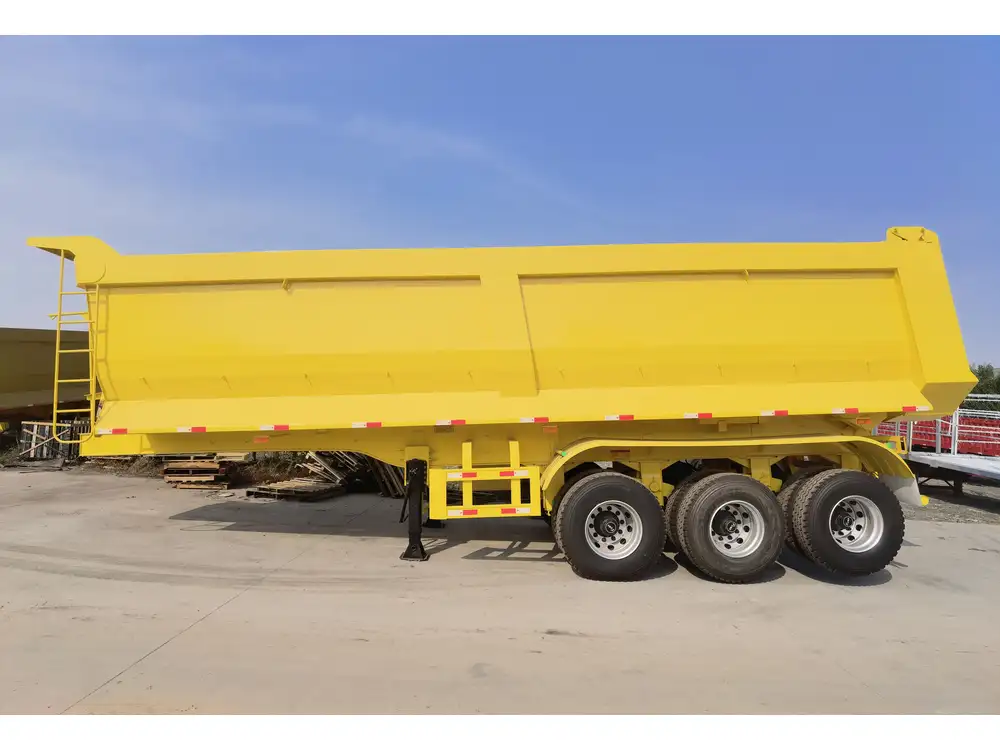
Training Programs
- Weight Calculation Workshops: Educate staff on accurately calculating and managing truck weight.
- Safety Protocols: Implement training on safe loading practices and emergency response related to weight issues.
- Technology Utilization: Train drivers and operators on using weight management technologies effectively.
CarMax’s Educational Resources
CarMax Vehicle offers a range of educational materials and training sessions to ensure your team is well-equipped to manage oil truck weight efficiently and safely.
Future Trends in Oil Truck Weight Management
The landscape of oil transportation is evolving, with emerging trends shaping the future of weight management.

Electrification and Alternative Fuels
Transitioning to electric or alternative fuel-powered trucks reduces weight due to fewer mechanical components and the potential for lighter battery systems.
Autonomous Vehicles
Autonomous trucks equipped with advanced weight management systems promise enhanced precision in weight distribution and compliance.
Advanced Materials
Innovations in materials science are leading to the development of even lighter and stronger materials, further optimizing truck weight and performance.

Sustainable Design Practices
There is a growing emphasis on designing trailers with sustainability in mind, integrating weight management solutions that minimize environmental impact.
Why Choose CarMax Vehicle for Your Oil Truck Weight Needs
CarMax Vehicle stands as a leader in the semi-trailer manufacturing industry, offering unparalleled solutions for oil truck weight management.
Our Advantages
- Expertise: Decades of experience in designing trailers optimized for weight efficiency and compliance.
- Innovation: Cutting-edge technology integrated into our trailers to enhance weight management.
- Customization: Tailored solutions to meet the specific weight requirements of your oil transportation needs.
- Reliability: Robust construction and quality materials ensure long-lasting performance and safety.
- Support: Comprehensive after-sales support and maintenance services to keep your fleet running smoothly.
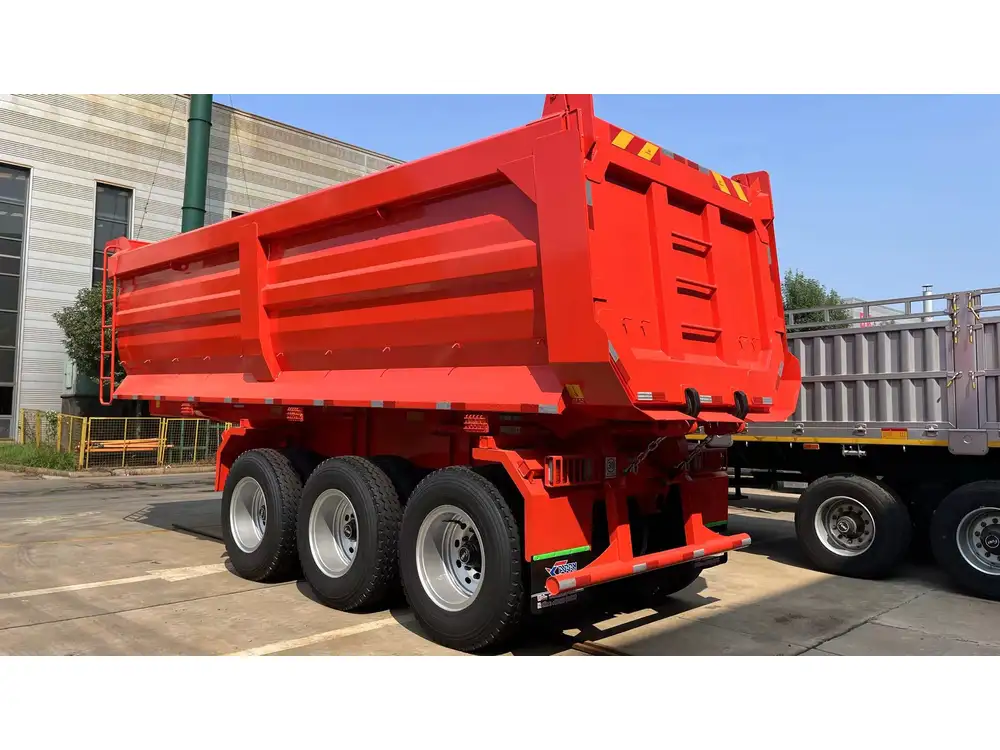
Client Success Stories
Many of our clients have successfully optimized their fleets with CarMax Trailer, experiencing significant improvements in safety, efficiency, and cost savings. Our commitment to excellence ensures that your oil transportation operations are supported by the best in the industry.
Conclusion
Managing oil truck weight is a multifaceted challenge that requires precision, compliance, and strategic planning. CarMax Vehicle provides exceptional semi-trailers designed to optimize weight distribution, enhance fuel efficiency, and ensure regulatory compliance. By understanding the intricacies of oil truck weight and leveraging our advanced solutions, you can elevate your fleet’s performance, safety, and sustainability.
Frequently Asked Questions
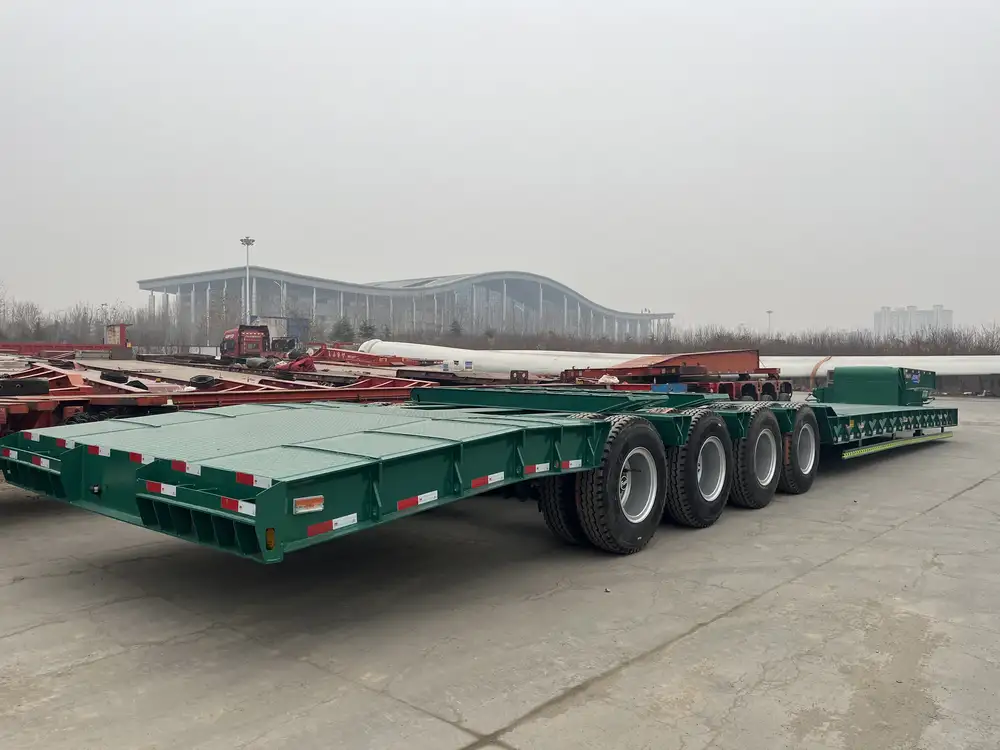
1. What is the maximum weight allowed for oil trucks in the United States?
In the United States, the maximum Gross Vehicle Weight Rating (GVWR) for oil trucks is typically up to 80,000 lbs, adhering to regulations set by the National Highway Traffic Safety Administration (NHTSA).
2. How does oil truck weight impact fuel efficiency?
Heavier trucks require more energy to move, leading to increased fuel consumption. Proper weight management can significantly enhance fuel efficiency by reducing engine strain and minimizing aerodynamic drag.
3. What are the key features to look for in a semi-trailer for oil transport?
Key features include high payload capacity, lightweight construction, advanced suspension systems, and customization options to meet specific oil transport requirements.

4. How can I ensure my oil truck remains compliant with weight regulations?
Regularly weigh your truck using certified scales, distribute the load evenly, monitor axle weights, and stay informed about regional regulations to maintain compliance.
5. What maintenance practices are essential for managing oil truck weight effectively?
Essential practices include routine inspections, maintaining proper tire pressure, servicing suspension systems, and ensuring load securing equipment is in good condition to support effective weight management.



